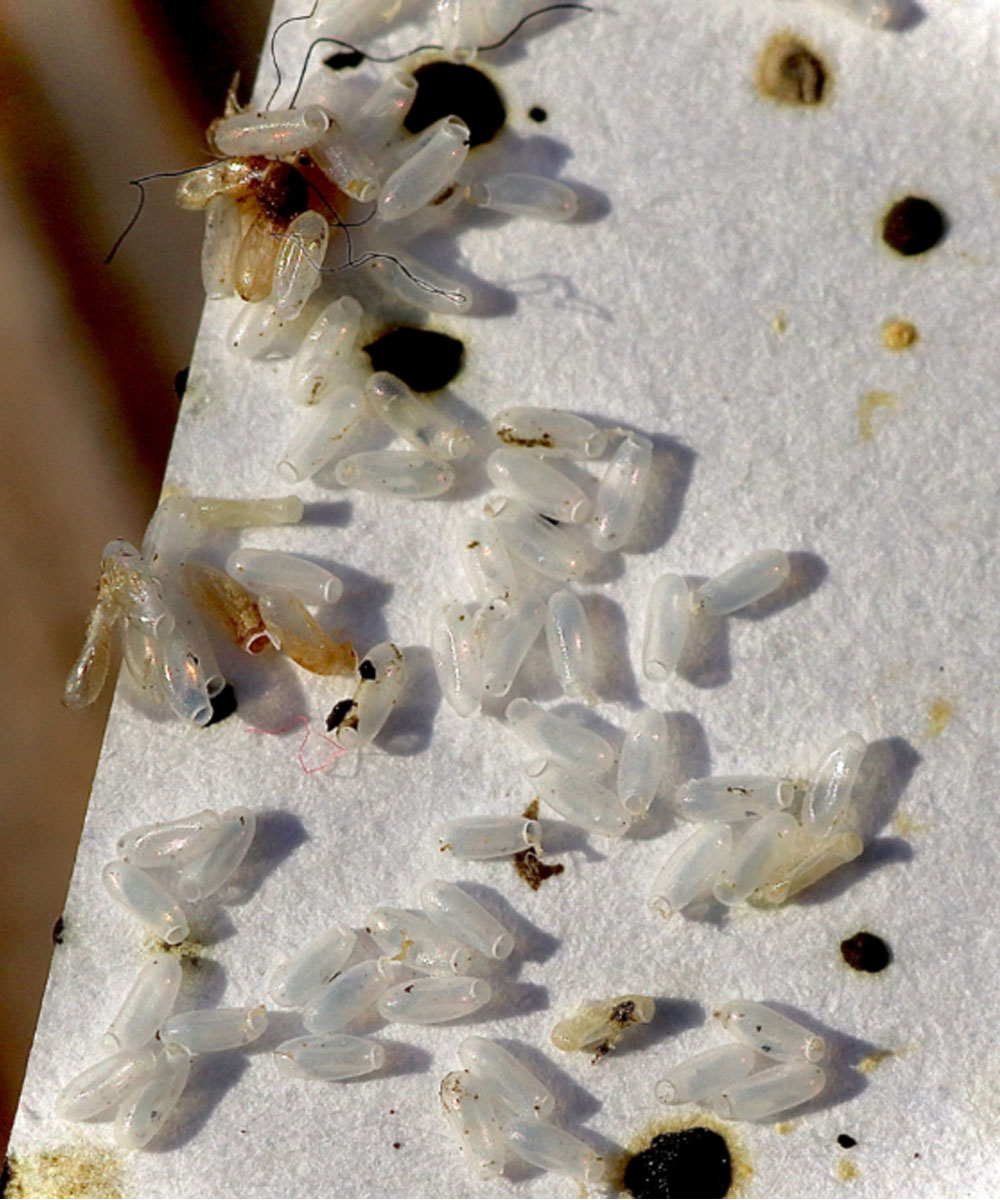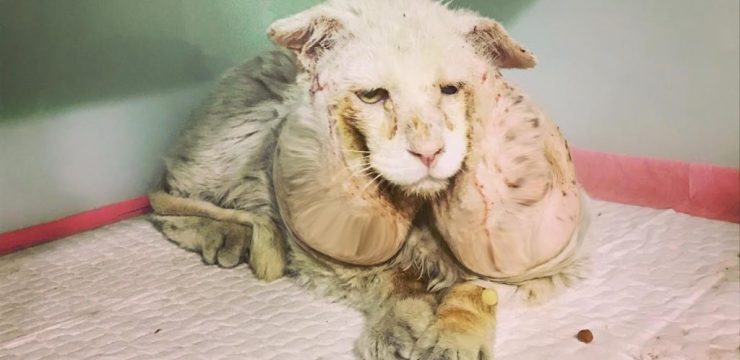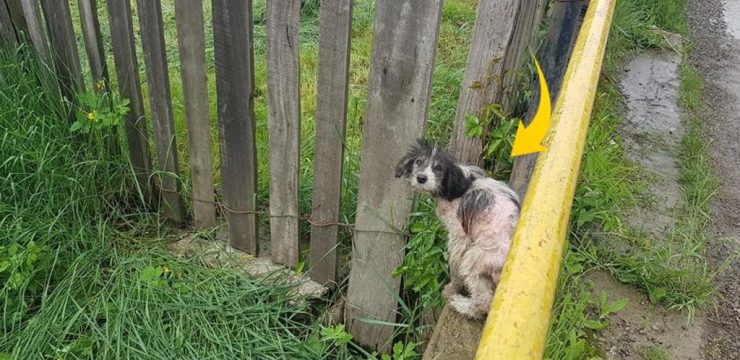Waking up to an unexpected mess is nothing new—crumbs in the bed, a misplaced glass of water, maybe even a forgotten snack wrapper. But one morning, what I thought was just another minor annoyance turned into a discovery that left me horrified and scrambling for answers.
As I stretched and prepared to start my day, I noticed tiny white grains scattered across my sheets. My first thought was simple: my husband must have snuck in a late-night snack again. Maybe he had eaten rice or crackers in bed and spilled without realizing it. I was ready to brush them off with little thought, but something made me pause.

Looking closer, I realized these weren’t crumbs at all. The specks were far too uniform—oval, pearly, and almost shiny. They didn’t look like food, and when I leaned in, I caught sight of something that made my skin crawl. Inside one of them, there was a faint flicker of movement. My stomach turned as I froze in place. I grabbed my phone and frantically began typing descriptions into a search engine, my hands trembling as I scrolled through results.
Within seconds, my worst suspicion was confirmed. These weren’t crumbs. They were bedbug eggs.
The Chilling Reality of Bedbug Eggs
Bedbug eggs are often mistaken for grains of rice at first glance, but their similarities stop there. They’re about one millimeter long, oval-shaped, and pearly white. Female bedbugs lay them in dark, hidden spaces—mattress seams, cracks in furniture, behind baseboards, or inside tiny crevices you rarely check. Worse yet, they aren’t harmless specks of dust. Within six to ten days, they hatch into larvae that immediately begin feeding on blood.
While bedbugs don’t usually spread infectious diseases, their bites leave behind itchy red welts, sometimes causing allergic reactions or painful skin irritation. Beyond the physical discomfort, infestations often bring psychological stress—sleepless nights, constant paranoia, and the unsettling feeling of being invaded in your own home.
Realizing that those tiny white ovals meant I could be living with dozens of hidden pests made my heart pound. I couldn’t stop thinking: How did they even get here?
How Bedbugs Invade Your Home
Through my research, I discovered that bedbugs are incredibly sneaky hitchhikers. They can ride along in luggage after a trip, especially if you’ve stayed in a hotel with an unnoticed infestation. They can cling to used clothing, hide in secondhand furniture, or even sneak in through cardboard boxes.
For those living in apartments or shared housing, the problem can be even worse. Bedbugs can crawl between units through cracks in the walls, electrical outlets, or even ventilation systems. That means your careful cleaning habits might not matter if an infestation starts next door. This chilling realization made me determined to take action right away.
Taking Immediate Action
The most important piece of advice I found was simple: act fast. Bedbugs spread quickly, and ignoring the signs can turn a small problem into a full-blown nightmare. I immediately began cleaning, vacuuming every inch of my mattress, bed frame, baseboards, and carpet. I washed all bedding and clothes in hot water—at least 140°F (60°C)—to kill both eggs and larvae.
Next came steaming. A steam cleaner can penetrate deeper than most chemical sprays, using heat to destroy live bugs and unhatched eggs hidden in fabrics or crevices. Though this felt like a strong step, I quickly learned that DIY methods often aren’t enough. Bedbugs are notoriously resilient, and even a handful of surviving eggs can lead to a repeat infestation. Most experts recommended calling professional pest control services for complete eradication.
The Wake-Up Call
What haunted me most was how close I came to ignoring those little specks. If I had brushed them away as crumbs, I might have been dealing with hundreds of bedbugs within a couple of weeks. The thought of an infestation spreading through my bedroom and home was almost unbearable.
This experience taught me a powerful lesson: never dismiss unusual signs, no matter how insignificant they seem. What I thought were harmless grains of rice turned out to be the first warning of something much more serious. By paying attention early, I saved myself from months of stress, sleepless nights, and itchy bites.
Now, I’m far more vigilant about small details in my surroundings. I inspect hotel beds when traveling, wash clothes immediately after trips, and think twice before bringing secondhand furniture into the house. I also check corners, seams, and crevices regularly—because sometimes, the smallest details make the biggest difference.
Final Thoughts
Bedbugs are unsettling pests, but knowledge and early action can make all the difference. If you ever spot tiny, rice-like specks in your bed or furniture, don’t dismiss them. Look closer. Investigate. Acting quickly could spare you the nightmare of an infestation and give you peace of mind in your own home.





